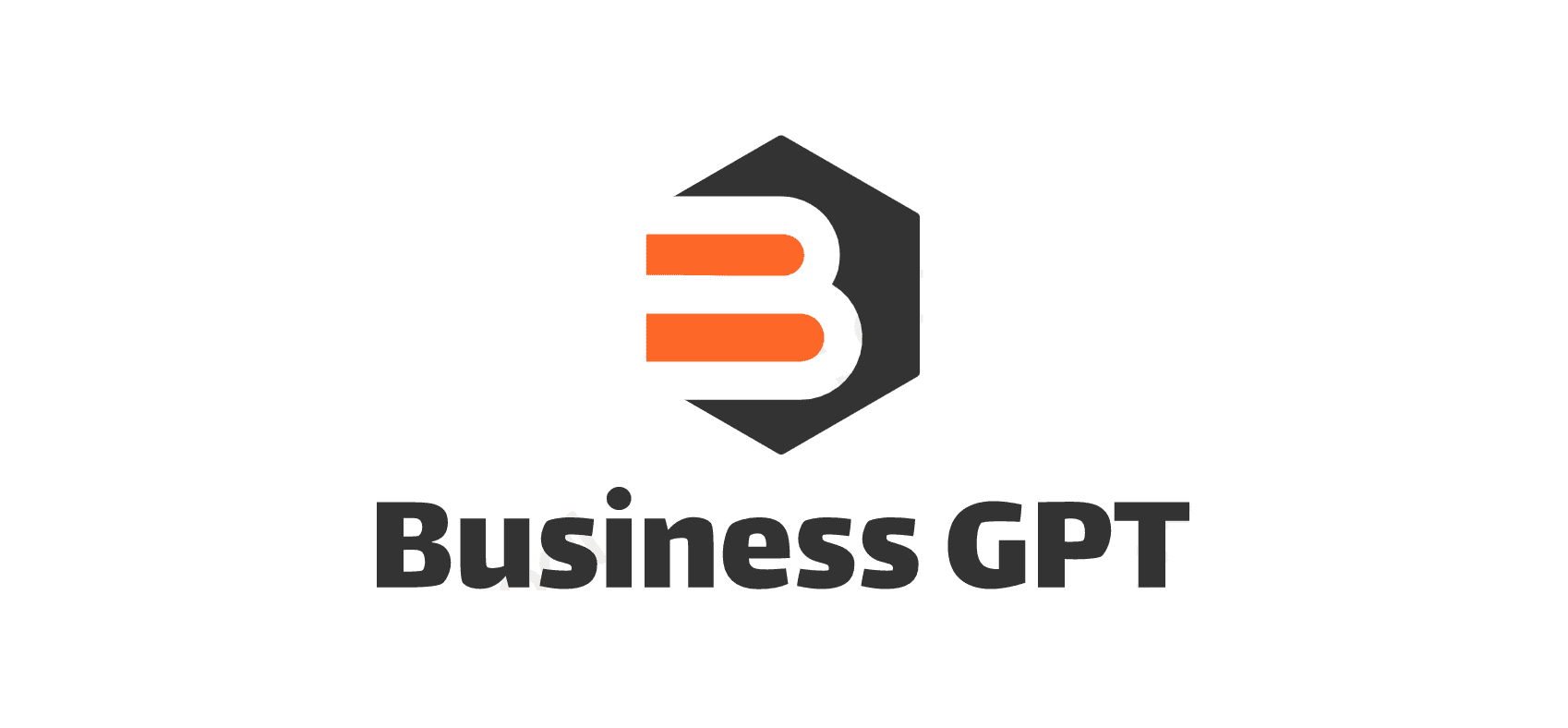9 Common Mistakes with Business Emails and How to Avoid Them

When was the last time you sent a business email? If you said “this morning,” you’re in good company.
Research shows that there were more than four billion email users in America in 2021. Meanwhile, there were a little more than four billion in 2020. This means email remains the most in-demand mode of communication today.
However, writing emails for your business properly requires knowing what not to do. Let’s examine nine common mistakes with business emails and how to avoid them.
1. Mistakes with Business Emails: Long Emails
A common mistake people make when writing business emails is to make their emails longer than necessary.
A professional email should ideally be clear and straightforward. Treat every sentence as essential for capturing your recipient’s attention and conveying what you want to say. Filling your emails with pointless filler sentences will only waste your reader’s time.
A shorter business email length is more likely to capture the recipient’s attention. Keep things concise and clean by using stock phrases, like, ” I hope your week has been great so far.” Another excellent-to-use stock phrase is “Could you look into this?”
2. Sending Emails to the Incorrect People
Another common mistake with business emails is sending an email to the incorrect person.
Before you send a business email, make sure you’ve typed in the right recipient. This is especially important if the email contains confidential information.
3. Flagging All Emails As Urgent
Yet another common business email writing mistake is to flag every email you send as urgent.
Your mail platform likely has a flag icon you can toggle to mark an email as urgent. However, you shouldn’t mark an email as urgent unless it is truly urgent. If you clog up your recipient’s inbox with “urgent” emails, they may not pay attention to emails that are truly urgent to you.
Just because you want email recipients to respond to you right away doesn’t mean you should mark an email as urgent. Use this feature only when you need them to provide a rapid response.
4. Subpar Email Spelling and Grammar
Poor spelling and grammar are other common business email mistakes that can diminish your professionalism. Fortunately, you can prevent this by carefully proofreading your text before you send your emails.
An artificial intelligence writing assistant solution may also help you draft professional emails.
5. Not Using “Reply All” Properly
A potentially embarrassing mistake commonly made with business email is to reply to all of an email’s recipients rather than to the sender only.
Making this mistake may mean your entire company receives an email you intended for only one person. Avoid this by double-checking your recipient box to ensure you’re sending your message to the right person.
6. Not-So-Great Email Subject Line
Subject lines are the best way to distinguish emails that have accumulated in your inbox. However, if yours isn’t attention-grabbing, people in your office will pay attention to other emails instead.
To avoid this, try to make your subject lines as short as possible while still communicating the message of your email. The shorter a subject line is, the more likely it is to stand out against other emails.
7. Vague Email Requests
Another common business email mistake is not being specific about the request or point you’re making in your email.
Your email’s central point should be clear, whether you’re asking for help or communicating information. Avoid using jargon to make your message as easy to understand as possible. In addition, if you want the email recipient to take certain steps after reading the email, spell out these next steps.
Your goal should be to communicate your request or information quickly. You won’t achieve this if your writing isn’t specific and concise.
8. Not Personalizing Your Email
Finally, a common business email is not personalizing your email, especially if you’re trying to use email for growth marketing. Growth marketing is focused on building customer loyalty, building brand awareness, and driving engagement.
To personalize your email, add placeholders to your messages that you can customize for various customers or prospective clients.
For instance, include the recipient’s first name in your email content and subject line. You may also want to refer to their title as well as their company’s or college’s name in the email’s body if necessary. This will make your communication feel less cold.
Consider also adding hyper-personalized GIFs or images to your email messages.
As a general rule, though, you should limit each message to no more than three personal touches. If you use too much personalization, the recipient may view this as creepy or ingenuine.
The right amount of personalization will help you get your message across in a relevant, friendly, and comfortable way for the recipient.
9. Using a Casual Tone
Finally, avoid the common business email mistake of using an unprofessional tone.
You may be tempted to use colloquialisms or overly casual phrasing in your email, but this might make you look unprofessional to your email recipient.
To avoid this issue, use a dignified and polite tone throughout the email.
Master Email Writing With Confidence
The most common mistakes with business emails include writing unnecessarily long emails and flagging all emails as urgent. Other mistakes include poor spelling and making vague requests in your emails.
Consider all of the above-listed common mistakes with business emails as you seek to put your best foot forward when connecting with colleagues or clients in the months and years ahead.
Also, if you enjoyed reading this article, check out the rest of our website for more great content.




